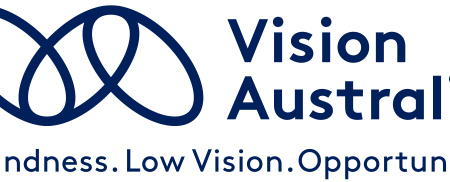Google Translate adds more languages and now covers 99% of users
With its 10th anniversary approaching, Google Translate has expanded its repertoire of languages to 103, which means it can now provide machine learning-based translations to about 99 percent of the world’s online population.
Over the next few days, the translation tool will add support for 13 additional languages, ranging from Ethiopia’s Amharic to South Africa’s Xhosa, Sveta Kelman, senior program manager for Google Translate, announced in a blog post yesterday. The update means an additional 120 million potential users for Google Translate.
Google Translate first launched in 2006 using an early form of computer-assisted translation based on information from dictionaries, grammar guides and other sources. It has since evolved into a more advanced approach based on machine learning that is refined through online language resources and human assistance from the Google Translate Community.
When Google Translate was first made available online, it covered just a small number of language pairs, including English-Arabic, English-Chinese and English-Russian. By the summer of 2009, it had grown to support 51 languages.
Besides Amharic and Xhosa, the new languages coming to Google Translate are: Corsican, Napoleon’s first language; Frisian (Netherlands and Germany); Kyrgyz (Kyrgyzstan); Hawaiian; Kurmanji Kurdish (Turkey, Iraq, Iran and Syria); Luxembourgish; Samoan; Scots Gaelic; Shona (Zimbabwe); Sindhi (Pakistan and India); and Pashto (Afghanistan and Pakistan).






